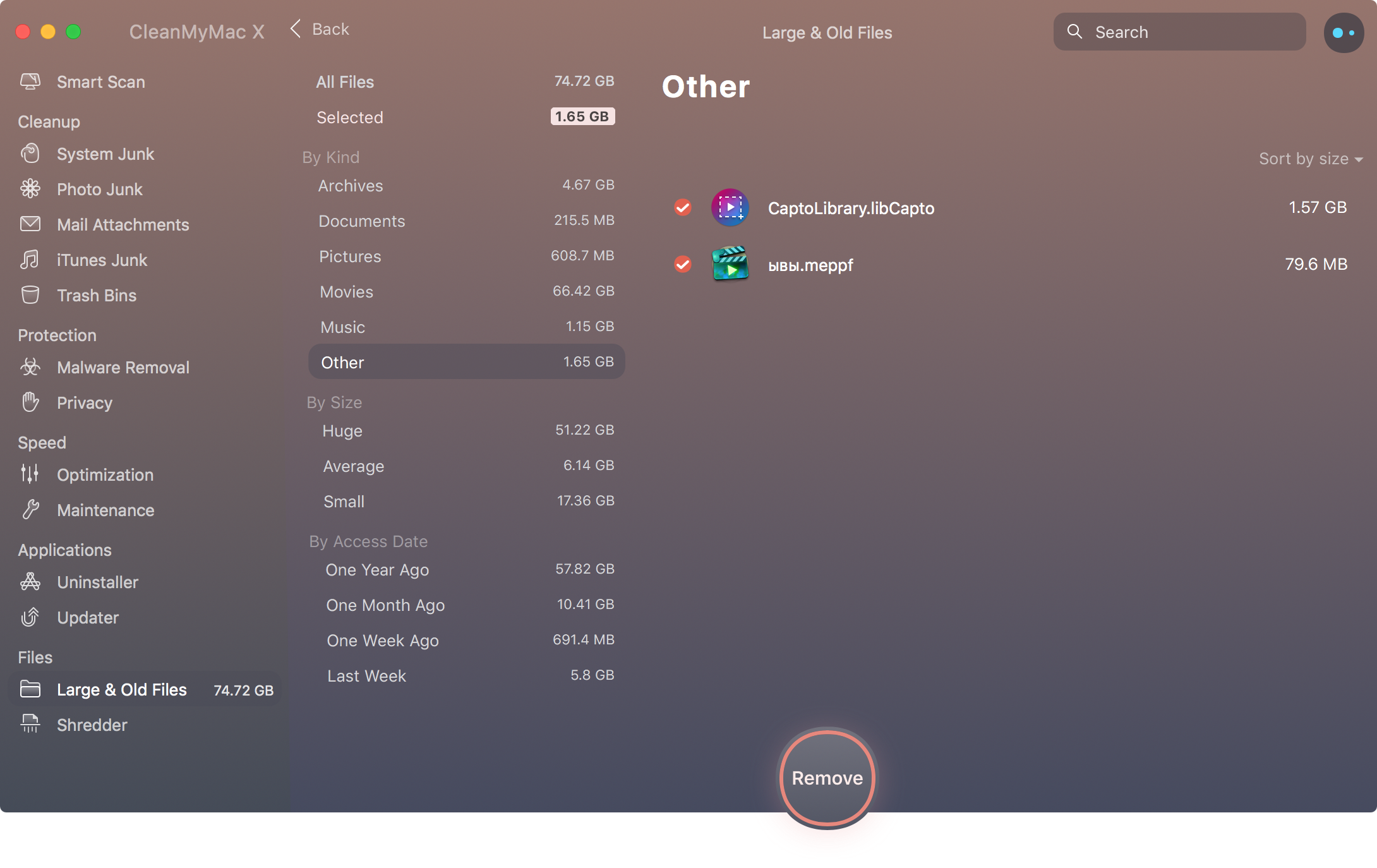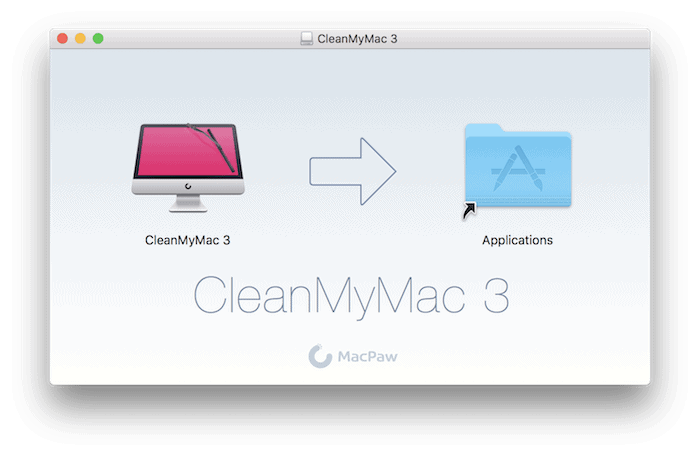Can I Delete Dmg Files After Installation
Yes you can delete them. But I'd only delete them if I don't have enough storage for them and if it's easy to redownload the file again for future installation. They have prove to be time saving if you need to install. I want to delete files in my download folder. What can I delete safely these are examples: SOAVID-P0330839-11F0(1).EXE CEAOTH-002.EXE there are a lot of these and some other too Can i delete. Launch the DMG Recovery Software After installing it, launch the utility right away on your Mac. From the first window, you need to select ' Other Files ' and keep the other types of file unchecked. By doing this, the tool will especially scan for other files, including the DMG files and saving you time. Jul 03, 2010 Hi, I was just wondering a few things. First, what is a.dmg file? And second, after I install an app using a.dmg file, can I delete the.dmg file without affecting the app? Thanks so much:). Yes you can safely delete the installation package. Adobe maintains web links; so if you ever need to re-install, simply go to this page.
- Can I Delete Dmg Files Once Installed
- Can I Delete Dmg Files After Installation
- Dmg Files Download
- Can We Delete Dmg Files After Installation
- Convert Dmg Files
- Products ▼
- For Windows
- Android Manager for Win
- Android Data Recovery
- Phone Transfer for Win
- Android Root Pro
- For Mac
- Android Manager for Mac
- Android Data Recovery Mac
- Phone Transfer for Mac
- More >>>
Can I Delete Dmg Files Once Installed
DMG file is a compressed file format being used widely on Mac computer. Windows OS doesn't natively support DMG disk image files, so if you need to create a bootable USB drive from a DMG file, mostly for bootable Mac OS X or macOS installation USB, you need a special utility to help you complete the task.
There is also the possibility of converting the file into a format more suitable for Windows, which is the ISO file format for disk images. Considering the above, let's look at different ways to create a bootable drive from a DMG file on a Windows computer.
Part 1: Convert DMG to ISO and Make Bootable USB from ISO
Since Windows doesn't offer native support for DMG files, you can first convert the file to ISO. Why? A lot of easier to find an app for making a bootable USB from ISO file. The easy way to do this is to use Command Prompt. Don't be intimidated by the non-GUI environment even if you don't have any experience. If you follow the steps below, you can convert any DMG file to ISO and then create a bootable USB using the converted file.
Step 1: Open Command Prompt by typing cmd in the Run windows and hitting Enter.
Step 2: In the command interface, go to the directory in which the DMG file is saved. You can do this by using the 'cd' command followed by the file path, then pressing Enter. For example, if your disk image is in D: and Command Prompt is currently in 'C:', then type 'd:' (no quotes) and press Enter. If it is in a subfolder, type 'cd subfolder', and so on.
Step 3: Use the following command to convert the DMG file to ISO:
hdiutil convert /path/sourceimagefile.dmg -format UDTO -o /path/targetmage.iso
Step 4: Once the ISO file has been created, you can use a burning tool to create the bootable USB drive. To do that, continue with this guide.
Cons:
- File damged or broken after conversion.
- Failed booting from burned USB disk.
- May not work with the latest DMG file.
- Complex and take more time.
Part 2: Create Mac OS X Bootable USB Installer from DMG
Androidphonesoft DMG Editor is a powerful software application for Windows that will allow you to manage the non-native DMG format even if you have no experience. The interface is uncluttered, and you can even use the tool to view files, extract them, edit the DMG and even copy it to a disk. The burn function has one of the highest success rates in the industry, which makes this an ideal utility for our purpose.
Created by the talented team of developers at Androidphonesoft, DMG Editor is currently the most intuitive Windows app for handling Apple's disk image format. Each of its functions have been tested on various Windows versions, with different types of DMG files and on different PC brands. This thorough testing means no wasted DVDs or corrupted files. As long as your DMG file is in good shape, you can directly create a bootable disk.
October 28, 2019 Twenty-Four New Physicians Join DuPage Medical Group Across Thirteen Departments; October 16, 2019 Twelve DuPage Medical Group Physicians Named ‘Top Doctors: Cancer’ by Chicago Magazine. Dmg pediatrics hinsdale. 2155 City Gate Lane, Suite 115 Naperville, IL 60563 Get Directions 2155 City Gate Lane, Suite 131 Naperville, IL 60563 Get Directions 2155 City Gate Lane, Suite 225. DMG pediatricians manage the physical, mental, and emotional well-being of their patients through every stage of development. They provide preventive care for healthy children as well as those who are acutely or chronically ill. These pediatricians are also involved with the prevention, early detection and management.
Step 1 Install DMG Editor
Download and install DMG Editor on your Windows PC.
Step 2 Plug in USB Drive
Launch the application and click on the 'Burn' section. You will also see other modules such as Edit, Extract and Copy.
Step 3 Start Burning ISO File to USB
Now import the DMG file by clicking the 'Load DMG' button, and click on 'Burn'.

In a few moments, your bootable USB flash drive will be ready for use. Since you haven't done any conversion, you can use this directly on a Mac for program installation, which you cannot do with the first method.
Part 3: Create Bootable USB from DMG in Windows Via PowerISO
Another well-known disk image utility is PowerISO. Apart from being ideal for burning ISO files, it can also burn a DMG file to USB to create a bootable drive. There are some settings that you have to keep in mind when burning with this software, but it's easy to get the hang of it once you do it a couple of times.
Step 1: Download PowerISO and install it in your Windows PC. Launch the app and insert a USB drive into a free USB slot in your computer.
Step 2: You can import the DMG file directly by clicking on ‘Burn' in the toolbar or going to Tools >Burn. In the Burn window, select the DMG file from the Source File section.

Step 3:Now review the settings to select the burn speed. The default will be the maximum your hardware can handle, so you can reduce that. You can also choose to finalize the disk and verify it. Finalizing means you can't save any more files on the drive, but it primarily applies to DVDs and CDs. Choosing ‘Verify' will prompt the software to execute an additional process after the burning is done. Any errors in the bootable USB will show up at that point.
Step 4: Now click on 'Burn' and wait for the progress bar to reach 100%. Your bootable USB is now ready.
Cons:
Can I Delete Dmg Files After Installation
- Expensive for a single license.
- Higher failure rate for bootable device.
- Ugly user interface.
The Bottom Line:
The second two methods are recommended if you don't have much experience working with DMG files, but DMG Editor will appeal to novices and experts alike. The clean interface and minimal user input means a lower chance of errors while creating the bootable media.
Related Articles
Dmg Files Download
- Windows 10 Password Crack Remove Windows Admin Password Change Windows Password Bootable Windows USB ISO to USB Tool Create Windows Reset Disk Burn ISO to CD Create Windows Reset Disk More>>>
| Click here to return to the 'One way to avoid keeping DMG files after installation' hint |
Easier solution:
Move the DMG to /tmp/ before opening it. Then forget about it.
Files in /tmp/ get deleted on reboot.
If you decide you want to keep it, move it back to your Downloads directory or wherever you want it.
Great Idea!
So the cmd whould be:
mv '/Users/MyShortUsername/Path/To/MyDownloaded.dmg' '/private/tmp/'
Obviously, you must replace 'MyShortUserName' with your correct username , replace 'Path/To/' with the correct path to your dmg file and finally replace 'MyDownloaded.dmg' with the correct name of your dmg file.
If you don't use the quotes for the source path and the destination path, just remember to escape the spaces in the paths with backslash! (')
You know, you don't have to use /private/tmp. Just /tmp will do. In fact, it's preferred to use /tmp.
Can We Delete Dmg Files After Installation
I go the other way. I keep ALL dmg files.
Every so often I move them to an 'Installers' folder, thus keeping the downloads folder clear. Less often I check the total size of the Installers folder and back up to CD/DVD and then clear it.
Or you could use a crontab:
Convert Dmg Files
0 20 * * * /Path/To/Script/clean.shWith something like the following:
This will move any files in the ~/Downloads/ folder, to a child folder called 'archive' on a daily basis.. then after 30 days, delete it.
Although, run at your own risk.. its job is to actually delete data.
Wait wait, let me get this straight… if I have files I don't want to keep, I can put them in the trash to get rid of them?
God bless Mac OS X Hints.
Good luck USING them after you put them in the trash. This hint was about continuing to use DMGs that are in the trash. You know you aren't going to want to use it, so always throw it in the trash, then continue using it.
Personally, I download to the Desktop so everything I download is extremely obvious to me. I also have it sorted by 'Last Modified' so DMG downloads appear in the upper right. Can't forget those!